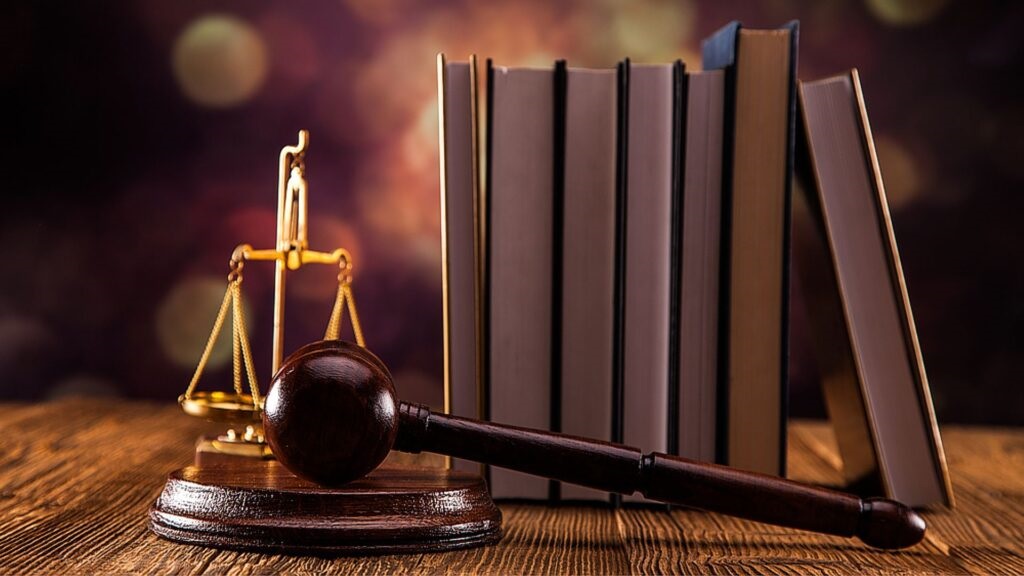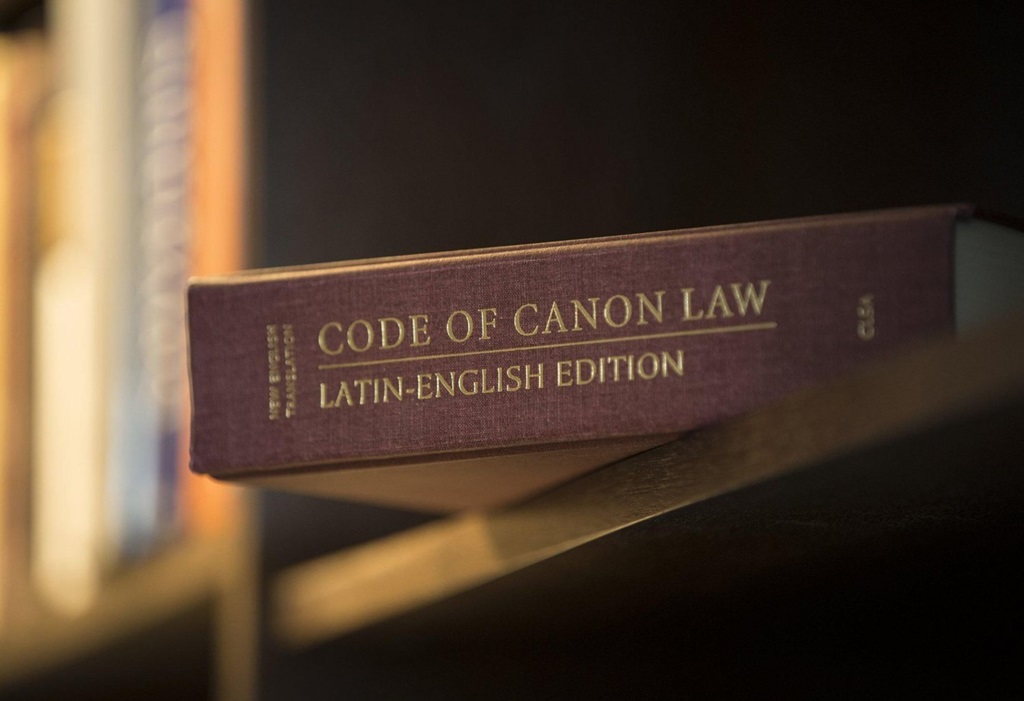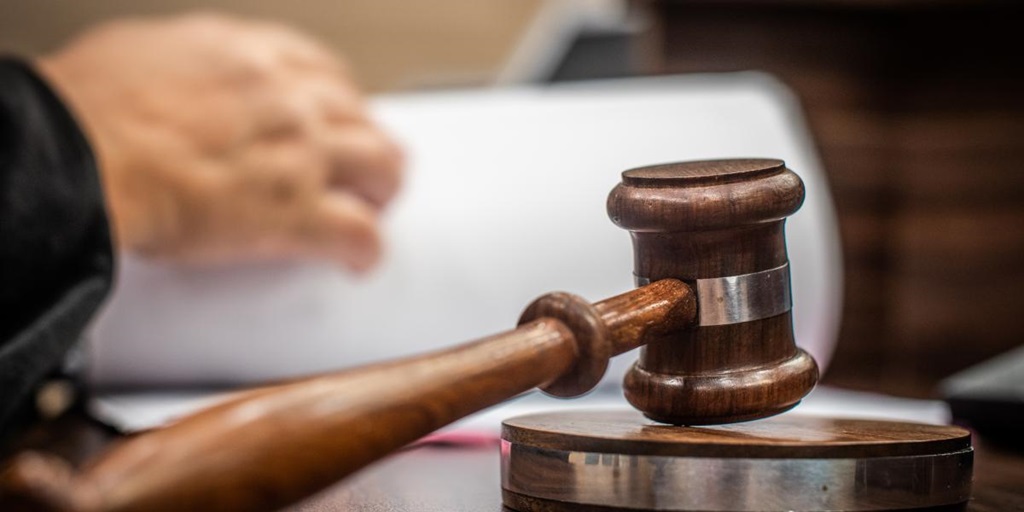
13 Jan How Did Canon Law Differ From Governmental Law
Throughout history, there have been two main legal systems that have governed societies – canon law and governmental law. Canon law refers to the laws, rules and regulations that govern faith-based institutions like the Catholic Church. Governmental law, conversely, refers to the civil laws enacted by governments to maintain order and administer justice.
I suggest exploring the key differences between canon law and governmental law to understand how the two systems diverged in their approach to creating structured societies. By delving deeper into this comparison, you can discover how canon law differed from governmental law and gain valuable insights into the historical development of legal systems.
Origins and Evolution
Canon law has its origins in the rules and precepts laid out in the Bible and the traditions of the early Christian church. As the church grew into a powerful institution in Europe during the Middle Ages, there was a need to organize and regulate the faith. Church scholars and leaders began collecting and compiling solutions to legal problems from Church councils and synods into a body of laws known as “canon law”.
Over the centuries, canon law developed into a complex legal system governing various aspects of church administration, rituals, morals, finances, and punishments. It was constantly being updated and interpreted to address new issues facing the church. The Corpus Juris Canonici or Body of Canon Law was compiled in the 12th-13th centuries and remained the fundamental source of canon law till the 20th century.
In contrast, governmental law evolved separately in different civilizations and nations. Ancient societies like the Mesopotamians, Greeks, Romans, Chinese and Indians all developed legal codes meant to administer justice and maintain social order in their kingdoms. In Western Europe, much governmental law was based on remnants of Roman law. Over the centuries, rulers and governments crafted new laws to exert their authority and fill in gaps in the existing legal framework.
Unlike canon law which applied universally to all Christians, governmental law varied across different kingdoms and empires. The Magna Carta, Napoleonic Code and US Constitution are some pivotal documents that shaped governmental law in different nations. Governmental law continues to evolve today through new legislation and court rulings.
Goals and Objectives

The primary goal of canon law was to provide a set of universal laws and regulations to govern the Christian church and faithful. Canon lawyers saw their role as interpreting and implementing God’s will on Earth. The objectives of canon law included:
- Upholding church doctrine and Christian morals
- Regulating sacraments, rituals and liturgy
- Managing church administration and hierarchy
- Maintaining ecclesiastical discipline and standards
- Regulating finances, property and contracts
- Punishing heresy, abuse, and sin
Secular governmental law, on the other hand, aimed to create order, stability and justice within a kingdom or nation-state. The goals of governmental law included:
- Maintaining peace and security
- Resolving disputes between citizens
- Punishing crimes and unlawful acts
- Protecting rights to life, liberty and property
- Levying taxes, managing the economy
- Regulating interactions between people
- Upholding local customs and cultural values
While canon law was concerned with morality and spirituality, governmental law focused more on the temporal world. However, religion exerted influence over both types of law throughout history.
Jurisdiction and Authority
Canon law applies to all baptized Catholics worldwide. The jurisdiction of canon law covered both the clergy and the laity. Ecclesiastical courts and tribunals enforced canon law, with punishments like excommunication, penance and fines. Appeals processes allowed parties to seek recourse higher up the church hierarchy.
The ultimate authority behind canon law was the Pope. Church scholars and legal experts like Gratian and Thomas Aquinas helped shape and interpret canon law, but popes could issue official decrees and judgments that became part of the legal corpus. Obedience to canon law was required to remain in good standing as a Catholic.
Governmental law applied only within the borders of a civil jurisdiction like a city, region or country that was under a ruler or leadership. Secular authorities like kings, governors, and assemblies made and enforced the law. Citizens were compelled to obey governmental law or face penalties imposed by state institutions.
Unlike the universal canon law, jurisdictional authority was essential to governmental legal systems. Rulers derived authority to make law and judge disputes from claimed divine right, hereditary privilege, democratic processes or force.
Legal Procedures and Punishments
Canon law established detailed procedures for legal processes like trials, testimony, evidence, and sentencing. Church courts and councils adjudicated cases based on canon law. Typical punishments included excommunication, penance, fines, and, in extreme cases, imprisonment in monasteries or burning at the stake for heretics.
Governmental legal systems also developed procedures for the application and enforcement of the law. Rulers appointed judges and magistrates to preside over courts. Juries helped decide cases. Punishments included restitution, corporal punishment, imprisonment, or execution.
A key difference was that canon law procedures and punishments were meant to encourage repentance and spiritual rehabilitation of the offender. Governmental law focused more on deterrence and retribution. Painful penalties under governmental law were meant to deter further crimes.
Relationship to Each Other

The relationship between canon law and governmental law has been complex and shifting throughout history. In the early Middle Ages, canon lawyers generally considered church law superior to secular law. Popes claimed the right to depose kings and emperors.
As monarchies and nation-states grew stronger, most governmental rulers asserted domestic sovereignty independent of canon law. But the two legal systems continued influencing each other. Secular governments passed laws dealing with church property and rituals. Church canon law influenced areas like marriage law.
Kings and emperors claimed divine right to rule. Excommunication by the pope was used as a threat against secular rulers. Rulers exerted influence by appointing bishops and granting or withholding legal recognition of canon law. Over time, governmental law gained precedence in most purely secular matters.
The Enlightenment and democratic revolutions saw further separation of church and state. But vestiges of canon law remained in areas like regulations of marriage and education. The evolving relationship between these two legal traditions shaped the course of Western civilization.
Conclusion
In summary, while both canon and governmental law aimed to foster orderly societies, they differed substantially in their origins, goals, jurisdiction, procedures and relationship to each other. Canon law was religious in nature and universal in scope. Local cultures and rulers shaped governmental law. Their complex interaction and rivalry influenced the progression of law and sovereignty over the centuries. Traces of their distinct approaches remain today. Understanding the differences between these two legal traditions provides insights into the foundations of Western society.
Frequently Asked Questions
What were the main goals of canon law?
The main goals of canon law were to uphold church doctrine and morals, regulate sacraments and rituals, manage church administration, maintain discipline, and punish sins and heresy. It aimed to govern the church and enforce God’s will.
Who made and enforced canon law?
Canon law was made and enforced by church authorities like popes, bishops, and church councils or synods. Church courts and tribunals tried cases based on canon law.
What institutions made and enforced governmental law?
Governmental law was made by rulers, monarchs, legislators, and governments. It was enforced by regional or national secular authorities and institutions like courts, judges, sheriffs, and militias.
What was a key difference in procedures between the two legal systems?
A key difference was that canon law focused on spiritual rehabilitation and repentance, while governmental law emphasized deterrence and retribution in its legal procedures and punishments.
How did the relationship between canon and governmental law evolve over time?
In the Middle Ages, canon law claimed superiority over secular law. But over time, governmental law gained precedence in most secular matters as nation-states grew stronger. Though the two systems influenced each other throughout history.


No Comments